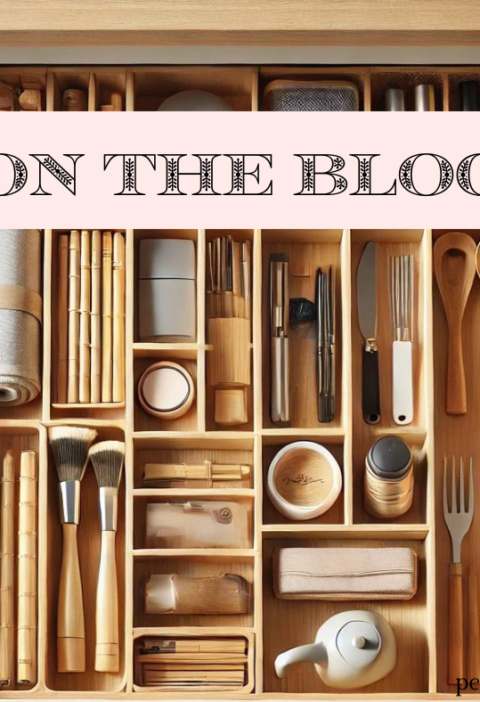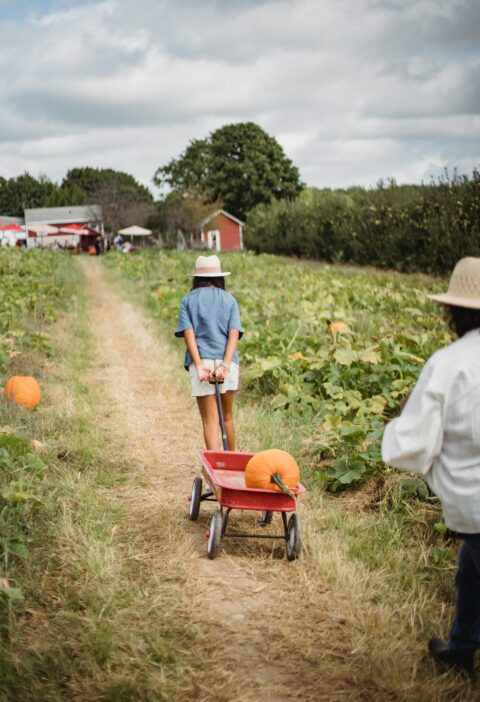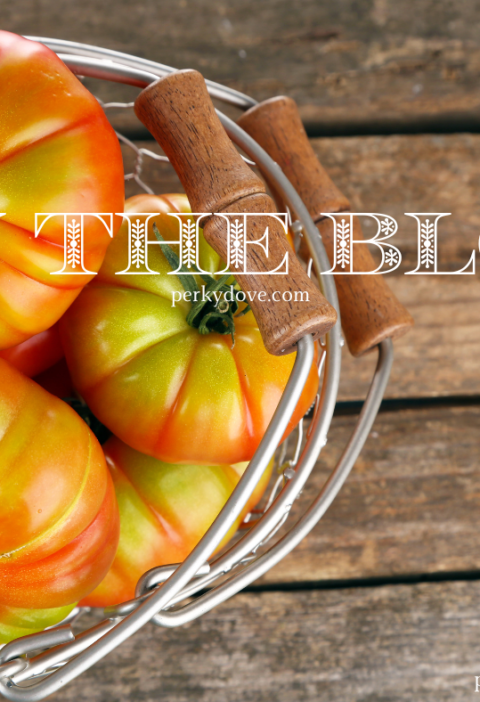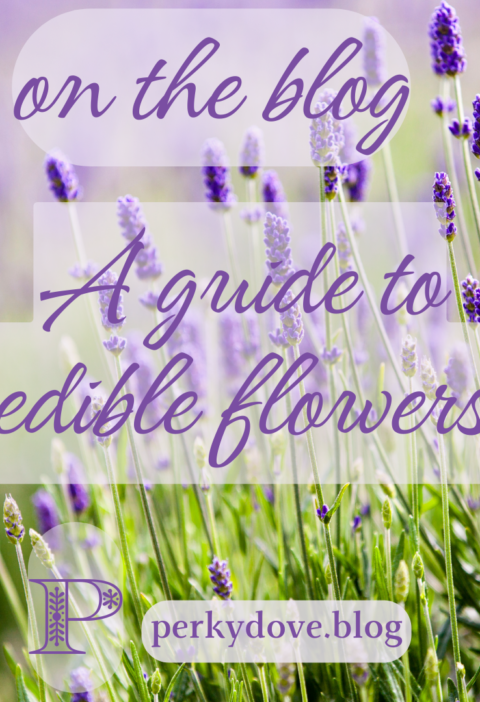We use affiliate links. If you purchase something using one of these links, we may receive compensation or commission.
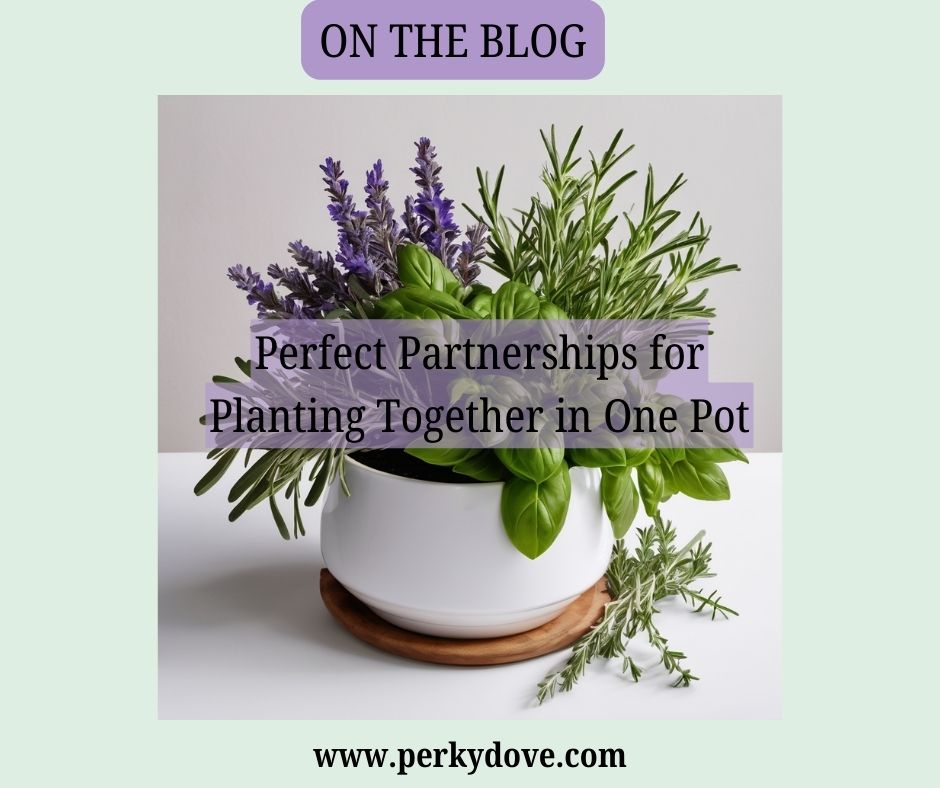
Hey there, fellow herb enthusiasts! Today, I’m thrilled to share my passion for container
Introduction to Herb Combinations
Disclaimer: Perky Dove Coffee is a participant in the Amazon Services LLC Associates Program, an affiliate advertising program designed to provide a means for sites to earn advertising fees by advertising and linking to Amazon.com. Some of the coffee brands mentioned in our blogs may contain affiliate links, which means that if you click on one of the product links, we may receive a small commission. This helps support us and allows us to continue to find great deals for our online customers. We only recommend products that we genuinely believe in and have personally tried. Thank you for your support!
There’s something truly magical about combining different herbs in one pot. Not only does it maximize space, but it also allows herbs to complement each other’s growth habits and flavors. From culinary classics to aromatic wonders, the possibilities are endless! Before we dive into the planting process, let’s take a look at some tried-and-true herb partnerships that thrive together:
- Basil, Tomato, and Oregano: This classic trio is a match made in culinary heaven, perfect for creating delicious Italian-inspired dishes like pasta sauces and bruschetta.
- Rosemary, Thyme, and Sage: Known as the “Mediterranean Trio,” these aromatic herbs add depth and flavor to roasted meats, vegetables, and marinades.
- Mint and Lemon Balm: This refreshing duo is ideal for crafting flavorful teas, cocktails, and desserts, bringing a burst of citrusy goodness to any recipe.
- Cilantro and Chives: With their vibrant colors and bold flavors, cilantro and chives are a dynamic duo in Mexican and Asian cuisine, adding freshness to salsas, salads, and stir-fries.
- Parsley and Dill: Whether used as a garnish or a main ingredient, parsley and dill add brightness and complexity to dishes like soups, salads, and seafood.
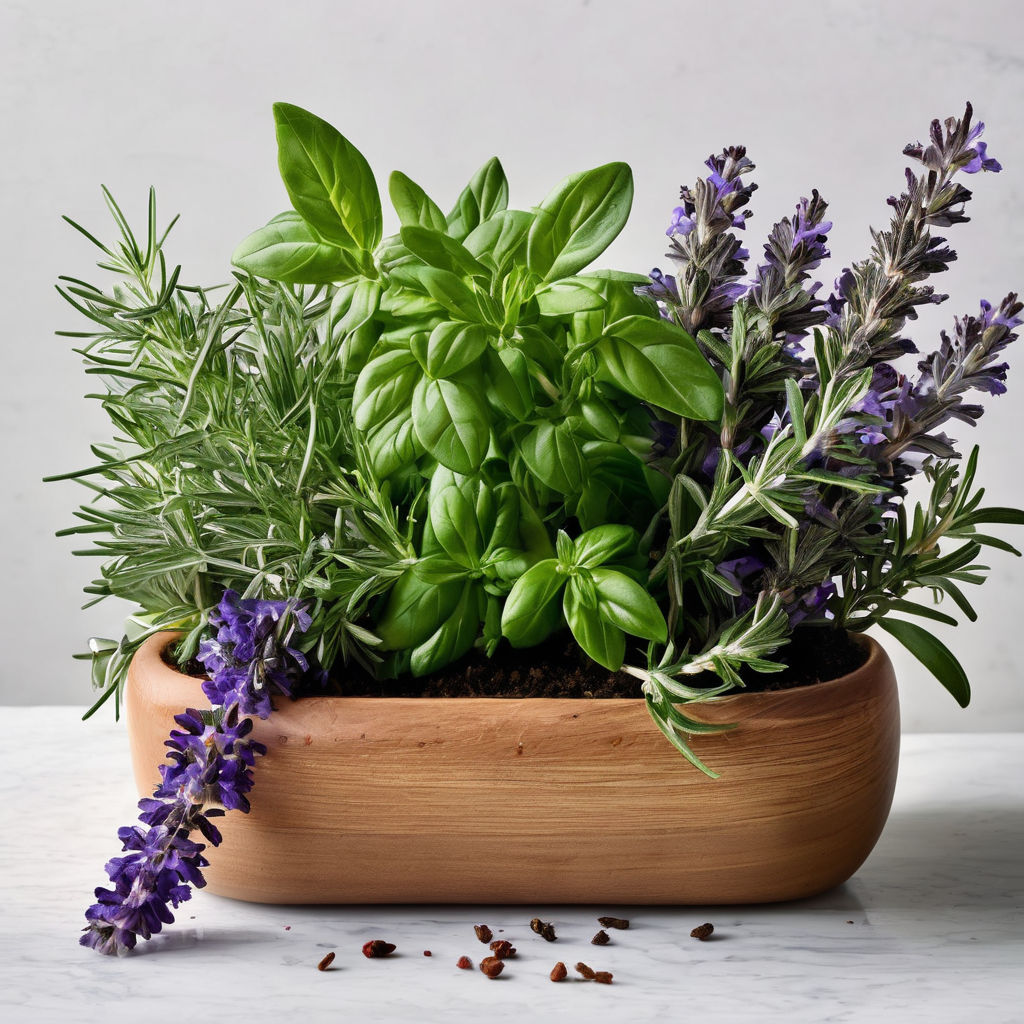
Now that we’ve selected our herb combinations, let’s get our hands dirty and start planting!

Materials You’ll Need:
- A large container or pot with drainage holes
- High-quality potting soil
- Herb seedlings or starter plants
- Gardening gloves
- Trowel or small shovel
- Watering can or hose with a gentle spray nozzle
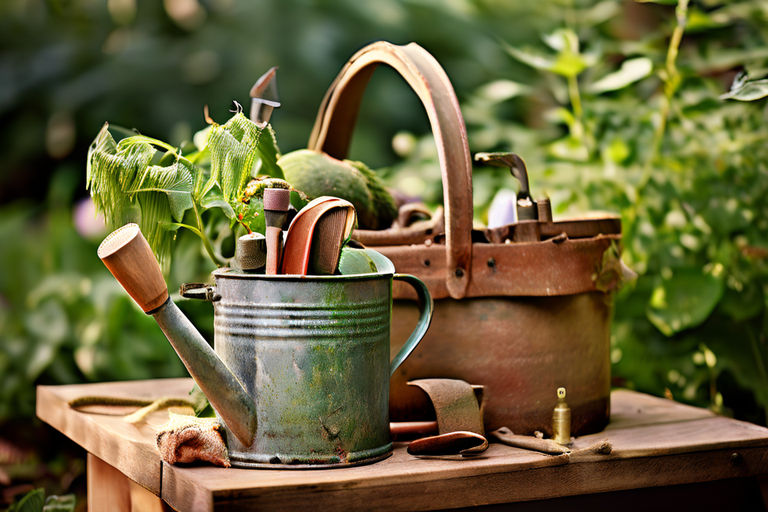
Instructions:

- Choose a Container: Select a spacious container with adequate drainage holes to prevent waterlogging and ensure proper aeration for the roots.
- Prepare the Soil: Fill the container with well-draining potting soil, enriched with organic matter for optimal growth. Avoid using garden soil, as it may compact and hinder root development.
- Select Your Herb Combinations: Based on your culinary preferences and growing conditions, choose herb combinations that complement each other in flavor and growth habits.
- Arrange Your Herbs: Place your herb seedlings or starter plants in the container, arranging them strategically to allow for proper spacing and airflow between each herb. Consider placing taller herbs towards the center or back of the pot, with trailing or low-growing herbs towards the edges.
- Plant Your Herbs: Gently remove the herbs from their pots and loosen the roots if they appear bound. Dig planting holes in the soil, ensuring they are deep enough to accommodate the roots of each herb. Place the herbs in the holes and backfill with soil, pressing lightly to secure them in place.
- Water Thoroughly: After planting, water the herbs thoroughly, allowing the soil to become evenly moist but not waterlogged. Ensure that water drains freely from the bottom of the container, as excess moisture can lead to root rot.
- Provide Adequate Sunlight: Place your herb container in a sunny location with at least 6-8 hours of sunlight per day. Most herbs thrive in full sun, but some may tolerate partial shade, so be sure to check the specific requirements of each herb in your combination.
- Maintain Regular Watering: Keep the soil consistently moist by watering your herbs whenever the top inch of soil feels dry to the touch. Avoid overwatering, as this can lead to root rot, and underwatering, which may cause wilting and stunted growth.
- Fertilize as Needed: Feed your herbs with a balanced liquid fertilizer every 4-6 weeks during the growing season to provide essential nutrients for healthy growth and abundant harvests.
- Harvest and Enjoy: As your herbs mature, harvest them regularly by snipping off the outer leaves or stems with sharp scissors or pruning shears. This encourages bushier growth and ensures a continuous supply of fresh herbs for culinary delights.
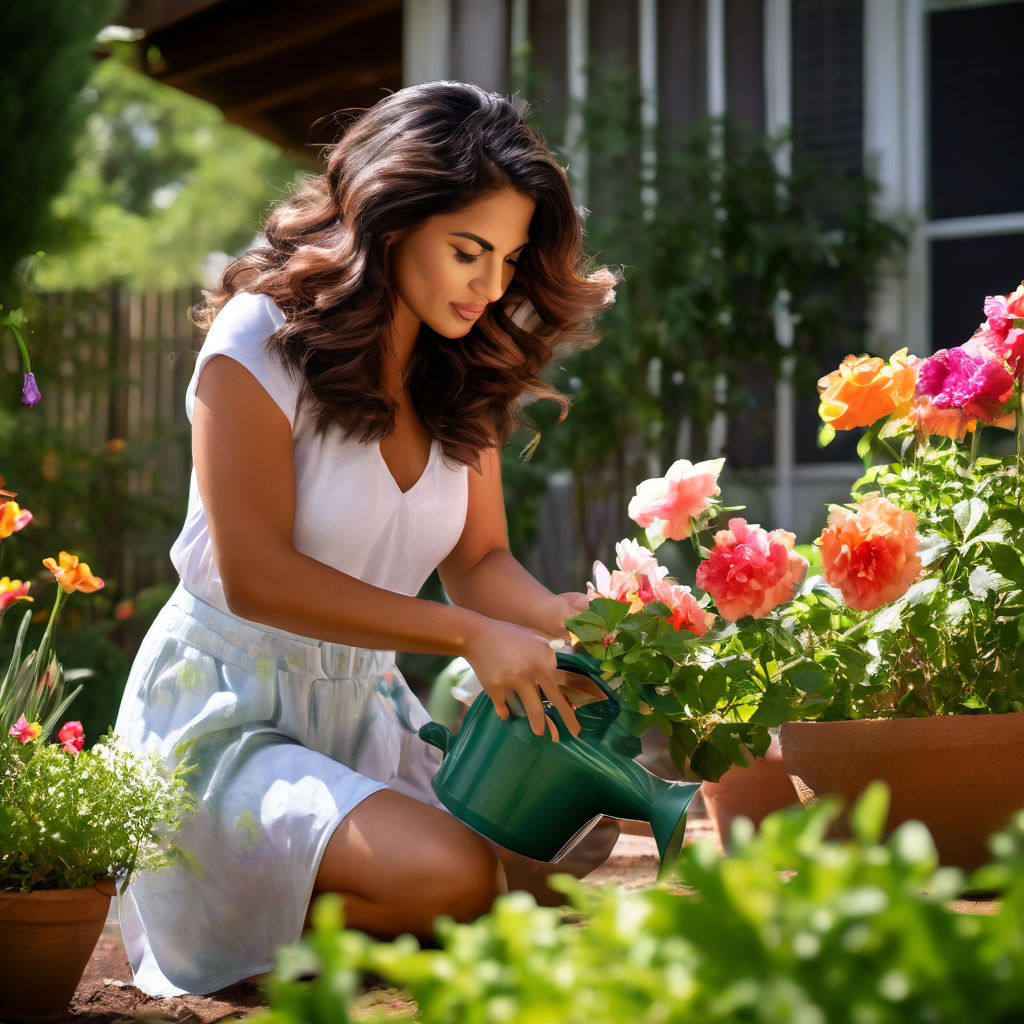
Conclusion: Herb Harmony in a Pot
In conclusion, planting herbs together in one pot is a rewarding and practical way to cultivate a diverse herb garden in limited space. By selecting compatible herb combinations, providing optimal growing conditions, and practicing proper care and maintenance, you can enjoy a bountiful harvest of fresh herbs year-round. So, roll up your sleeves, gather your favorite herbs, and embark on a journey of herb harmony in your own home!
Happy planting and happy herb


